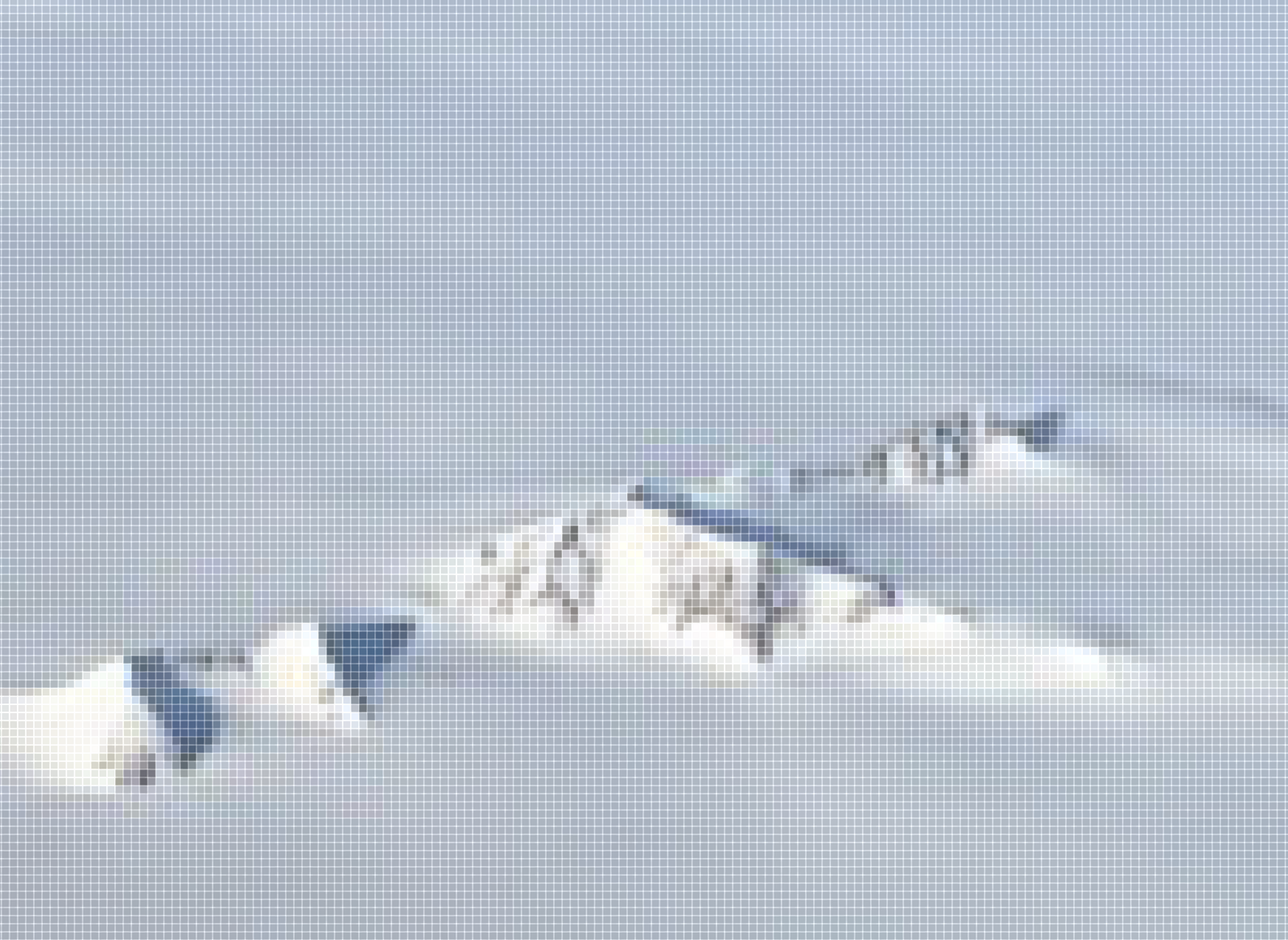Geothermal heat is foundational to the planet Earth, but its distribution is uneven. In Iceland or along the “Ring of Fire” in the Pacific, heat lies at or near the Earth’s crust, where it is easily accessible and visible, part of the everyday landscape. In the spa town of Noboribetsu on the northern Japanese island of Hokkaido, one of these geothermal expressions is known as “Jigokudani” or “Hell Valley,” for its boiling black waters and barren, sulfur-encrusted rock crevices that excite the superstitious mind. Landscapes such as this are portals to an underworld of almost boundless energy production.1 In other areas of the globe, heat lies much deeper down, and accessing its potential energy is both costly and uncertain. At Cornell University, in Central New York State, engineers and campus facilities managers are developing an experimental drill site where they are attempting to extract deep geothermal heat as a non-carbon energy source.2 To do so, they must cut through thousands of meters of sedimentary rock to a threshold, around four kilometers down, known as the “crystalline basement.”
Few proponents of deep direct use (DDU) geothermal extraction imagine this technology as an in-kind replacement for fossil fuels.3 4 At present, geothermal does not generate electricity, nor can it be used for transportation—two sectors that add up to over half of the world’s currently energy use. Technically speaking, geothermal is neither a fuel, nor is it “renewable,” at least not in the scale of human time.5 Geothermal energy originates from two primary sources: decaying radioactive elements or, more commonly, from the billions-year old interstellar, chaotic collisions that formed the planet Earth. Once this heat energy dissipates, it is unrecoverable. Over millions of years and under certain geological conditions, even fossil fuels could well renew themselves, but such speculation is immaterial to the urgent necessity of energy transitions in the present. Given these limitations, geothermal boosterists normally imagine this primeval heat as part of a “portfolio” of “future fuels” that can collectively move us into a “sustainable” post-carbon world. The term “portfolio,” widely used in the field of renewables, resonates with balanced investments that hedge against volatility and evokes the uncritical optimism found in the glossy brochures of your financial advisor. The rational Keynesianism of such discourse is comforting in the face of increasing environmental stochasticity, yet it avoids thinking of a radically alternative future. Non-carbon energy sources such as geothermal may indeed help us achieve carbon neutrality, but they do nothing to address the gigatons of carbon that have already accumulated in the atmosphere.
Funded by a Department of Energy grant, Cornell’s team of deep heat miners hope to generate power to help the campus meet its goal of carbon neutrality by 2035. No human laborers will descend down into the doomy interior, yet “mining” is not merely a metaphor, here. The process, in its most basic sense, involves drilling and extraction, but where most traditional forms of mining bring up matter that can later be combusted, admired, alloyed with other matter, or sold, heat mining draws to the surface a commodifiable yet ephemeral product of deep time. The hot dry rock (HDR) of the crystalline basement is itself energy, instead of latent fuel material. While we may casually interchange “fuel” and “energy” in everyday speech, maintaining a rigorous distinction between a matter (volatile, fluid, intractable, compressed, generous, and so on) and a system or structure into which it could be inserted opens up a way of thinking beyond the poles of anti-production (“leave it in the ground”) or pure exploitation (“drill, baby, drill”).6 Or beyond what one critic, describing Deleuze and Guattari’s “geophilosophy,” calls, “impasses of State-sanctioned resource exploitation and reactive environmentalism.”7
The Cornell borehole will be roughly fifteen centimeters in diameter and at least four kilometers deep. It will be unobtrusive, and if you lacked prior knowledge of this undertaking, you would pass by its construction site without a second thought. Even the mine tailings produced by this operation are diminutive, taking the form of silty rock dust that is incongruous within the massive scale of this endeavor. In other forms of drilling and in different locales, the small visual footprint of extractive facilities has become a common justification for the expansion of such operations. Advances in technology such as directional drilling direct the vast majority of disruption to the subterranean, where its deleterious effects (such as groundwater contamination) are difficult to assess and easy to conceal. As Republican Senator Lisa Murkowski of Alaska argued with regard to oil drilling in the Arctic National Wildlife Refuge (ANWR): “The effect is imperceptible on the surface. The caribou don’t know it’s there. People flying over don’t know it’s there. The technology has advanced so much, but people can’t let go of their old images.”8
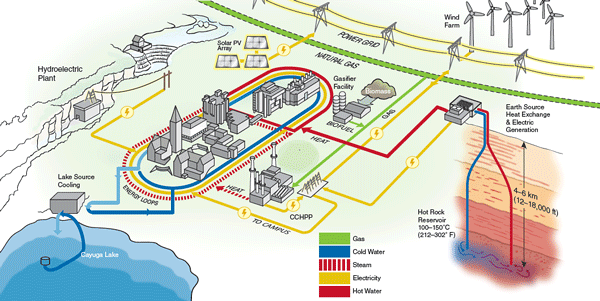

Map of carbon neutral Cornell campus. Source: Cornell University.
Engineers at Cornell plan to sink their well as straight as possible, but the tubing that will line the hole can curve slightly, as necessary, to conform to the strata. Once the borehole reaches its target, heat miners will search for existing fractures in the hard, metamorphic gneiss of the bedrock. These fractures can be utilized as reservoirs in which cool water can be brought down from the surface, heated, and recirculated back up. Where naturally occurring fractures are absent, the crystalline basement can be broken apart via mechanical means. This rock likely dates from the Precambrian Era, which would make it among the oldest extant material on the planet Earth.9
There are potential side effects, as might be expected of any enterprise of this magnitude and nature. The mechanical process used to mine Ithaca’s geothermal heat is similar to that employed in hydraulic fracturing, or “fracking.” The fracturing for geothermal energy infrastructure carries little risk of chemical contamination, but as with hydrocarbons, the technique can introduce the potential for seismic disruptions of varying intensity. Shrinkage, rock stresses, crustal cooling, and the release of localized heat waste might occur. No one knows exactly what to expect, or what the public tolerance for unnatural/natural occurrences will be. Deep geothermal systems introduced in Basel caused a series of minor seismic events throughout this Swiss city and canton in the late 2000s (most notably in 2006). These had little physical impact on the built environment, but unleashed a series of lawsuits and ensuing regulations that stalled geothermal projects throughout Europe and the United States.
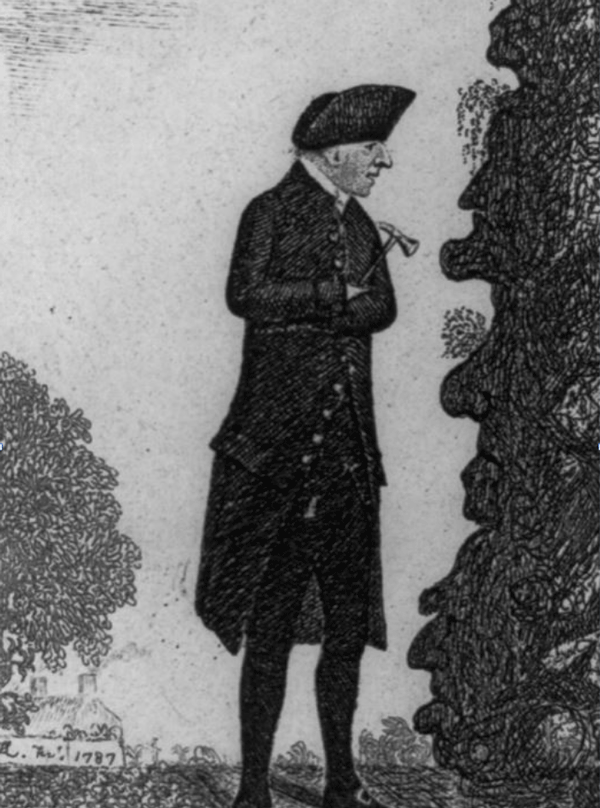

James Hutton observing outcroppings of rock. Etching: John Kay, Edinburgh, 1877.
Sensory Data
James Hutton has been called the father of “deep time,” or modern geological theory. The eighteenth-century doctor, investor, and man of considerable wealth spent a great deal of time wandering the Scottish countryside and looking at rock outcroppings. Two schools of thought prevailed about the formation of the earth at the time: Neptunism proposed that rocks formed during a period of crystallization in the oceans, whereas Plutonism upheld the volcanic origins of geological variation. The greatest defender of the former theory, Abraham Gottlob Werner, believed that sedimentary rock—the layers and strata—could only have been formed by water (even if he admitted that volcanoes might have a slight effect). His theory allowed for the possibility that Noah’s flood had simply repeated a process begun earlier in Earth’s history.
Hutton developed a radical and heterogeneous theory encompassing erosion, molten rocks cooling, sedimentation, continents rising and falling, and so on. Such processes could only occur over periods much longer than the six-thousand odd years held to be compatible with Biblical time. Hutton sensed that heat was crucial: “One had only to ponder volcanoes and hot springs to sense that there was a great deal of heat within the earth—much exceeding what could ever have been produced by an odd seam of burning coal—and that not only could high heat soften up rock and change it into other forms of rock, it could apparently move whole regions of the crustal package and bend them and break them and elevate them far above the sea.”10 After a boat trip to Siccar Point (near Hutton’s home of Edinburgh), his companion, John Playfair wrote: “We felt ourselves necessarily carried back to the time when the schistus on which we stood was yet at the bottom of the sea, and when the sandstone before us was only beginning to be deposited… Revolutions still more remote appeared in the distance of this extraordinary perspective. The mind seemed to grow giddy by looking so far into the abyss of time.”11
We cannot ourselves travel to the crystalline basement to survey the lithoscape for openings in the rocks, to seek out fractures or determine where to point pumps for maximum efficiency. We cannot stand at some ideal distance from the mine and observe it, as if in a section cut, or in order to survey men working under and above ground simultaneously. The geological realm is largely unseen and escapes unmediated, unabstracted human experience. We develop artificial devices to probe strata and produce maps from the corresponding data. We employ graphic media like the vertical geological column that marks out epochs in distinct, colored bands. The representational technique of the cutaway, section, or “antfarm” view preferences the Z-axis, thus rendering the subsurface as map-able space, made of up vertically oriented layers that we can date and know, regularized and fixed—more multi-dimensional “terrane” than conventional “terrain.”12
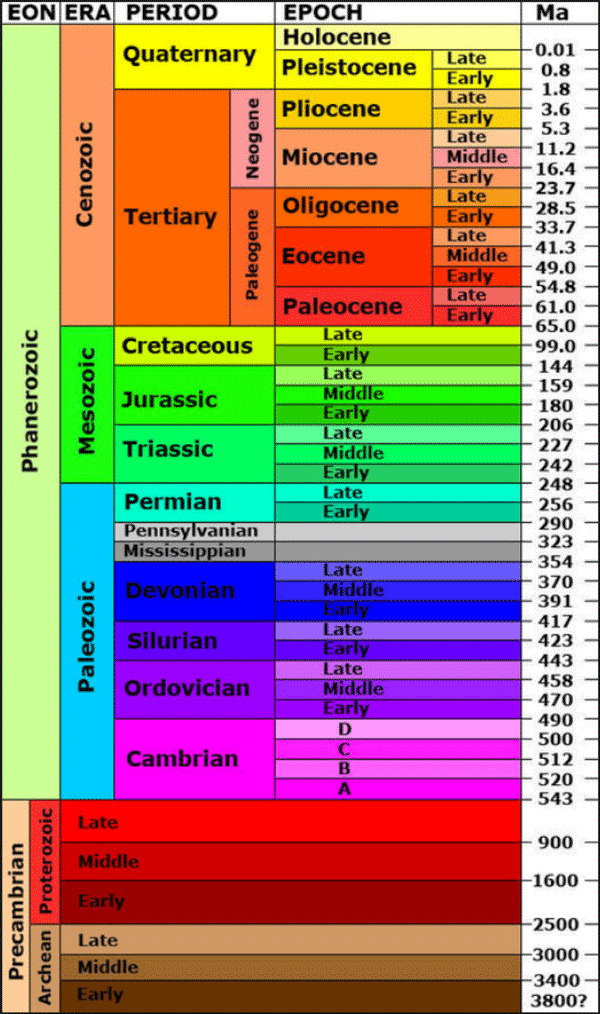

Typical geological column.
To read the section cut of a geological column, you normally begin at the bottom and move your eyes smoothly upwards toward the top, toward the present. The Early Archean of the Precambrian is a narrow, brown mark. Abstract bands of colors aggregate on top, like layers building up around a tiny core until we reach the present, full Earth. Because the geological column organizes itself through time and not space, our era—the Holocene, or Anthropocene depending upon your affiliation—finds itself at the top, the surface condition imparting a sense of primacy to our present. We know this is not true, but such is the logic of the model. Depending on the degree of speculation one wishes to indulge in, we can imagine a geological column from the distant future in which new strata have accumulated above our own. The bounded and discrete stacks of the column graphic are used to represent time and change, yet the fixity of the grand narrative described therein is so naturalized that we struggle to rid ourselves of its regularity. It disguises our entanglement with the subsurface and flattens out chaotic change of the type indicated by Deleuze and Guattari or Manuel de Landa: sorting, settling, subsidence, and other disruptive events.13 Our present cannot exist without the recovery and use of fossil fuels or the more ancient geological materials that, aggregated and re-formed, constitute the basis of our built environment. We become contemporaneous to crude oil, rare earth minerals and the like through our engagement, extraction, and manipulation of these materials. They existed prior to humankind, they exist alongside us, and they will exist long after our extinction.
Philosophy will not assist in the technical process of heat mining, but Deleuze and Guattari respond to the broader implications of subsurface mastery and chaos/uncertainty. They understand that:
earth flows and forces give rise, on the one hand, to volatile, molecular haecceities (earthquakes, flash floods, tsunamis, stock exchange collapses, anarchic G8 demonstrations) and, on the other, to stable, molar assemblages (the Chinle formation, State flood canals and retaining sea-walls, the World Bank, the United Nations), that in turn, reterritorialize upon other, more stable assemblages (despotic infrastructure like the Three Gorges Dam, Federal Disaster Prevention and Relief Agencies, Transnational Corporations and Global Cartels), or yield to relative deterritorializations mobilized by less sedentary, more “nomadic” assemblages (portable or mobile “earth moves” architecture, anti-globalization coalitions, the Great Bear Rainforest alliance of ecological science, forest management, environmental activism, and aboriginal wisdom).14
The tension between stochasticity and stability is inherently geological. Slow forces aggregate massive change over countless millennia and the silence of this creeping timescale conveys stability. Earthquakes, landslides, and volcanic eruptions are massive, sudden, and transformative from the human vantage point, but from the geological perspective, these events are embedded within processes of a far greater magnitude. In the realm of the geological, epochs of incomparable complexity are compressed and layered like homogenous plastic blocks until—billions of years after their formation—they are subducted and cannibalized by the Earth’s molten core. The relative simplicity of geological materials all but erases the abiotic chaos that led to their creation: swirling dust, alien meteorites, pounding lifeless seas, super continents, mega volcanoes and so on.
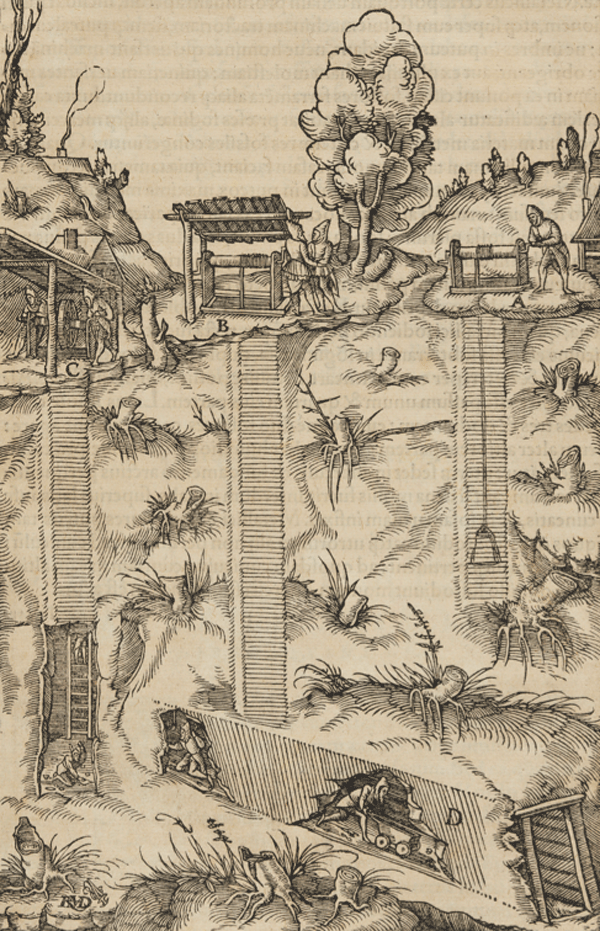

Engraving from Georgius Agricola, De Re Metallica, 1556.
Narrative
In the early 1970s, Robert Smithson published Strata, A Geophotographic Fiction in the art journal Aspen. Under panoramic photographs of rock strata are lines of text that include full sentences, lists of materials, and free associations. The content of the strata in this piece do not correspond to events of the actual geological epochs listed on the left-hand side, lending Smithson’s work an apparent lack of technical rigor. In Strata, Smithson is more interested in aggregation and form than in scientific accuracy. By virtue of its layout, Strata is read like a narrative text, from left to right, from top to bottom, or in geo-graphical terms, from present to past. By intentionally subverting scientific convention, Smithson suggests that the subterranean and the geological are a projective domain. The “geophotographic fiction” of Strata draws into question the extent to which the subsurface can be mapped, visualized and known. Much of Smithson’s work intervened upon extraction sites, and Strata indicates the boundaries necessitated by any system of exploitation, especially those associated with the below-ground. Here, materials, organisms, and narratives are known only insofar as they have value as commodities. There is no need to visualize that which lacks market value.
“Raise your mind above the base mercantile and utilitarian needs of commerce… Let the knowledge lead us where it will, we still must seek it.”15 These words are spoken by Professor Challenger in Arthur Conan Doyle’s story, “When the World Screamed.” Deleuze and Guattari laud Challenger—a recurring character throughout Doyle’s oeuvre—for his unique understanding of the Earth as “deterritorialized,” a body without organs that is “permeated by unformed, unstable matters, by flows in all directions, by free intensities or nomadic singularities, by mad or transitory particles.”16 For the French thinkers, Challenger stands, essentially, against strata that “consist in giving form to matters, of imprisoning intensities or locking singularities into systems of resonance and redundancy… Strata are acts of capture… They operate by coding and territorializition upon the earth.”17
Challenger bores a hole on land he owns, in Sussex. He pretends that he intends to drill down for oil, but it’s just an alibi. He boasts that he has managed to dig farther than anyone has ever dug before, in an experiment greater than anyone has ever attempted. At first, that’s all he reveals. His hole is large enough to accommodate those baskets that convey workers down to the active seams in coal mines. The narrator is one of those engineers that Challenger needs to complete his plan, but whom he despises for their practical knowledge and lack of virtue. So down goes the narrator:
Since the cage was latticed and brightly illuminated, we had a clear view of the strata which we passed. I was conscious of each of them as we flashed past. There were the sallow lower chalk, the coffee-coloured Hastings beds, the lighter Ashburnham beds, the dark carboniferous clays, and then, gleaming in the electric light, band after band of jetblack, sparkling coal alternating with the rings of clay. Here and there brickwork had been inserted, but as a rule the shaft was self-supported, and one could but marvel at the immense labour and mechanical skill which it represented. Beneath the coal-beds I was conscious of jumbled strata of a concrete-like appearance, and then we shot down into the primitive granite, where the quartz crystals gleamed and twinkled as if the dark walls were sown with the dust of diamonds. Down we went and ever down—lower now than ever mortals had ever before penetrated.18
Recall that Challenger has no interest in extracting anything. With the help of the narrator, he reaches the core, alive with uncolonized, ungovernable, and un-nameable forms of gooey, oozing life. The feminine, abject earth responds to his presence, not through language but with a massive disruptive explosion felt all around the world. Challenger is a heroic anti-hero. When they invoke him in “10,000 years B.C.: a Geology of Morals,” Deleuze and Guattari are not performing a reading of a particular text. They are themselves mining a series of texts, like Smithson does in Strata, placing proper names, figures, and lines of dialogue into a great geological shifter where they may end up deformed and next to others. They are writing under the pressure and non-linear chaos of deep time.
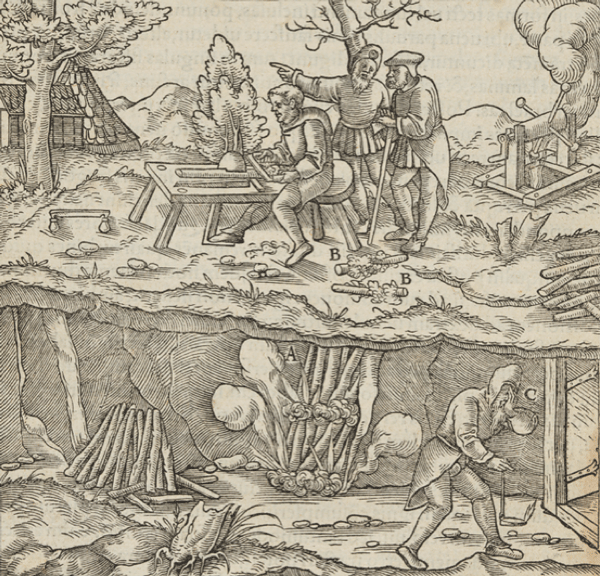

Engraving from Georgius Agricola, De Re Metallica, 1556.
Diamond-studded drill bits chew through billions of years of Earth history. Engineers pump fluids down into the dense bedrock of the crystalline basement, yet this material can’t be expected to respond to our prodding in the fashion that the Earth’s oozing feminine core did to Challenger. There is no cataclysmic rupture, only liquids silently returning to the surface where—unseen—they warm offices, hallways, and classrooms. It is a mundane endpoint for a system of such highly engineered complexity, yet these industrial operations are capable of generating far more than the engineering plans and unstudied enthusiasm that accompany them.
As both Challenger and Smithson suggest, the act of drilling is a form of inquiry and a means of engaging with the compressed, simplified order of geological strata. Geothermal heat mining operations like the one planned in Ithaca may be utilitarian in nature, yet these boreholes transit billions of years of embodied energy and act as a conduit for heat from the very origins of this planet. They encounter the material fragments of the unfathomably complex historical narrative, so grand in scale that it becomes abstracted and can be probed but never fully assembled. Absent of the need to secure physical fuel materials, mining becomes a non-representational and non-visual mode of interfacing with the subterranean; it becomes a collision of improbable narratives via differential material accumulations.
Just as we might stare at the geological column and imagine our place in the future fossil record, we might also begin to align ourselves with the deep geological past that our speculative boreholes encounter. Doing so requires us to engage with the tenuousness of our historical position: namely, that humans are carbon-based life forms and stochasticity will entomb us. The geological realm collapses all potential for resistance. From this perspective, human primacy is a construct to be shaken away at will by earth forces. Scientific rationalization is stripped of its epistemological privilege and only humanistic narrative persists. Geothermal energy may indeed help us achieve carbon neutrality and “save” the world as we know it, but it is more likely that we have waited far too long to address the climate crisis in any meaningful capacity. Four kilometers below the Earth in Ithaca, the hot dry rocks of the crystalline basement wait in silence, patiently, for first contact.
Millions of tourists flock to Yellowstone to see Old Faithful and other geysers perform plutonic spectacles. Landscapes such as these appear like portals to an underworld of apparently limitless energy. As potential sites for geothermal exploitation, they also open up debates around aesthetics and preservation of traditional habitats. Some Hawaiians argued against the geothermal power plant at Kilauea, recently shut in the wake of the volcano’s eruption, on the grounds that it “not only subverts their worship of the volcano goddess Pele, but also that the drilling itself saps her spirit,” ➝.
To give just one example of such work underway, at Otaniemi, in the petrostate of Finland, the Scandinavian energy company ST1 plans to excavate a borehole over six kilometers deep. The project engineers draw graphs and images to represent depth, fractures and so on, getting as close as possible through modeling to an actual experience of what will happen after they pass through the cold “snowflake crust.”
On energy units and uneven distribution see Armstead and Testor: “Though in terms of heat units the energy storied in the earth’s crust is clearly gigantic, it must be recognized that it could never entirely displace liquid, gaseous, and solid fossil fuels.” They also note: “as with all the other resources of the earth, it cannot be expected that the rich potentialities of HDR [hot dry rock
are in any way ‘fairly’ distributed among nations.” H. Christopher H. Armstead and Jeffrey Testor, Heat Mining. A New Source of Energy (London and New York: E.& F.N. Spon, 1987), 52.
To be commercially viable, the wells should produce heat for 30–50 years, according to current plans in Ithaca. In this sense, geothermal is certainly “transitional.”
In Fuel: A Speculative Dictionary (Minneapolis: University of Minnesota Press, 2016), Pinkus argues for this crucial distinction between fuel and energy.
Dianne Chisholm, “Rhizome, Ecology, Geophilosophy (A Map to this Issue),” Rhizome 15 (2007), 5, ➝.
Bob Reiss, “Stalking an Elusive Prize in Alaska,” Fortune, September 15, 2017: 144–153, 151.
Although the Precambrian had been defined by geologists as a time “before life,” more recently some obscure forms of fossils and other traces have been detected, hence the latest of the three periods is sometimes called the Cryptozoic, meaning “hidden life.”
John McPhee, Annals of the Former World (New York: Farrar, Strauss and Giroux, 1998), 73.
McPhee, 78–79.
“Terrane” is a term used by some geologists to refer to a swathe of land along both horizontal and vertical axes, present and past. In this regard it is much more ample and flexible than “terrain” and its indeterminacy suits our project well. But we want to be cautious about allowing “terrane,” or, say, the figure of the geological column with different color bands of different depths representing different eras, to stand as something regularized or fixed because this can also lead to a discourse of control. “Geologist and writer John McPhee resisted the term earlier in his career but eventually came to use it. “Terrain is topography. Terrane is a large chunk of the earth, in three dimensions.” McPhee, 10.
Manuel DeLanda, A Thousand Years of Nonlinear History (New York: Swerve Editions, 2000).
Chisholm, 5.
Arthur Conan Doyle, “When the World Screamed,” (1928), 7, ➝.
Gilles Deleuze and Felix Guattari. A Thousand Plateaus. Capitalism and Schizophrenia, trans. Brian Massumi (Minneapolis: University of Minnesota Press, 1987), 40.
Ibid.
Doyle, 13.
Accumulation is a project by e-flux Architecture and Daniel A. Barber produced in cooperation with the University of Technology Sydney (2023); the PhD Program in Architecture at the University of Pennsylvania Weitzman School of Design (2020); the Princeton School of Architecture (2018); and the Princeton Environmental Institute at Princeton University, the Speculative Life Lab at the Milieux Institute, Concordia University Montréal (2017).
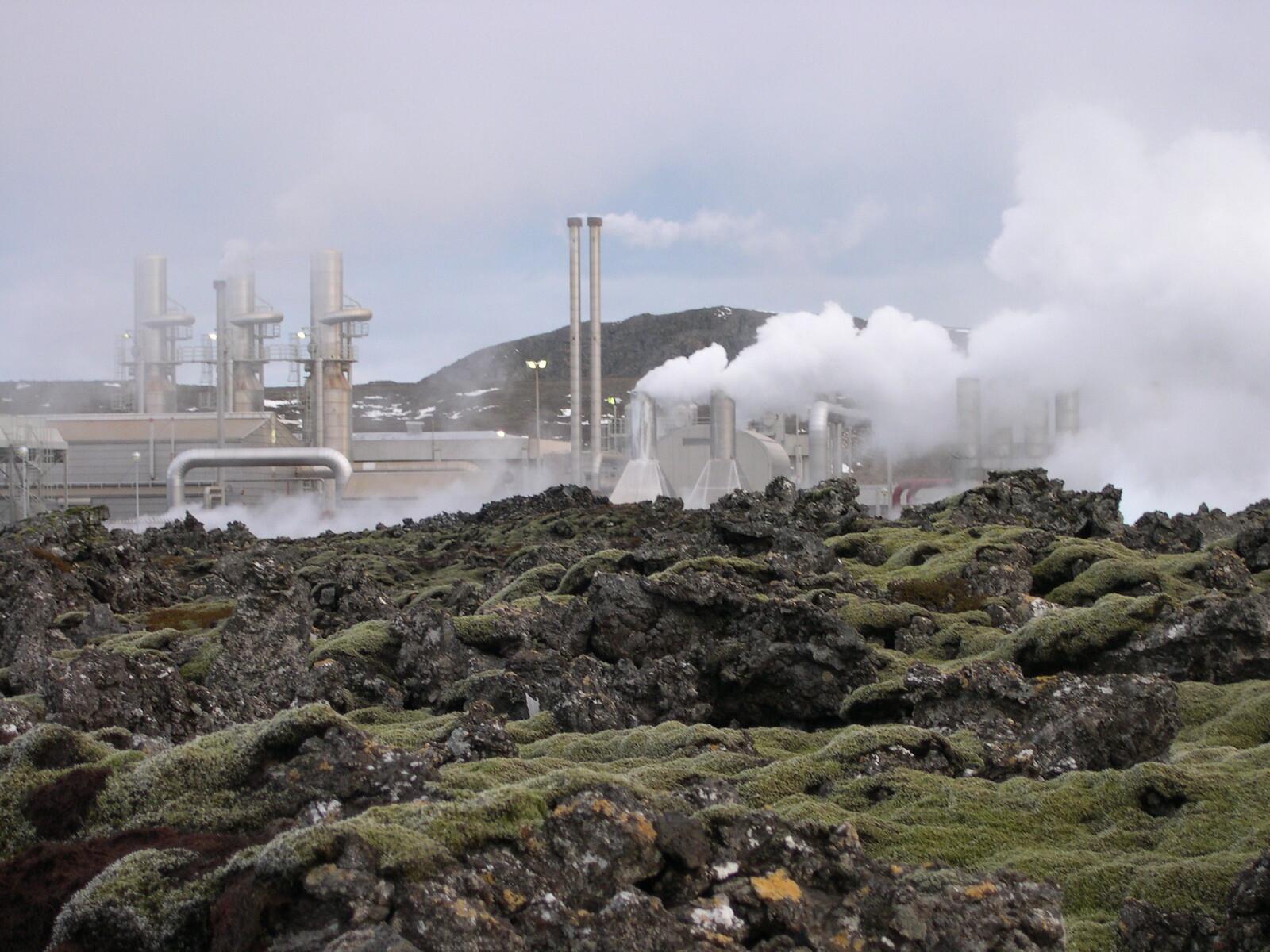



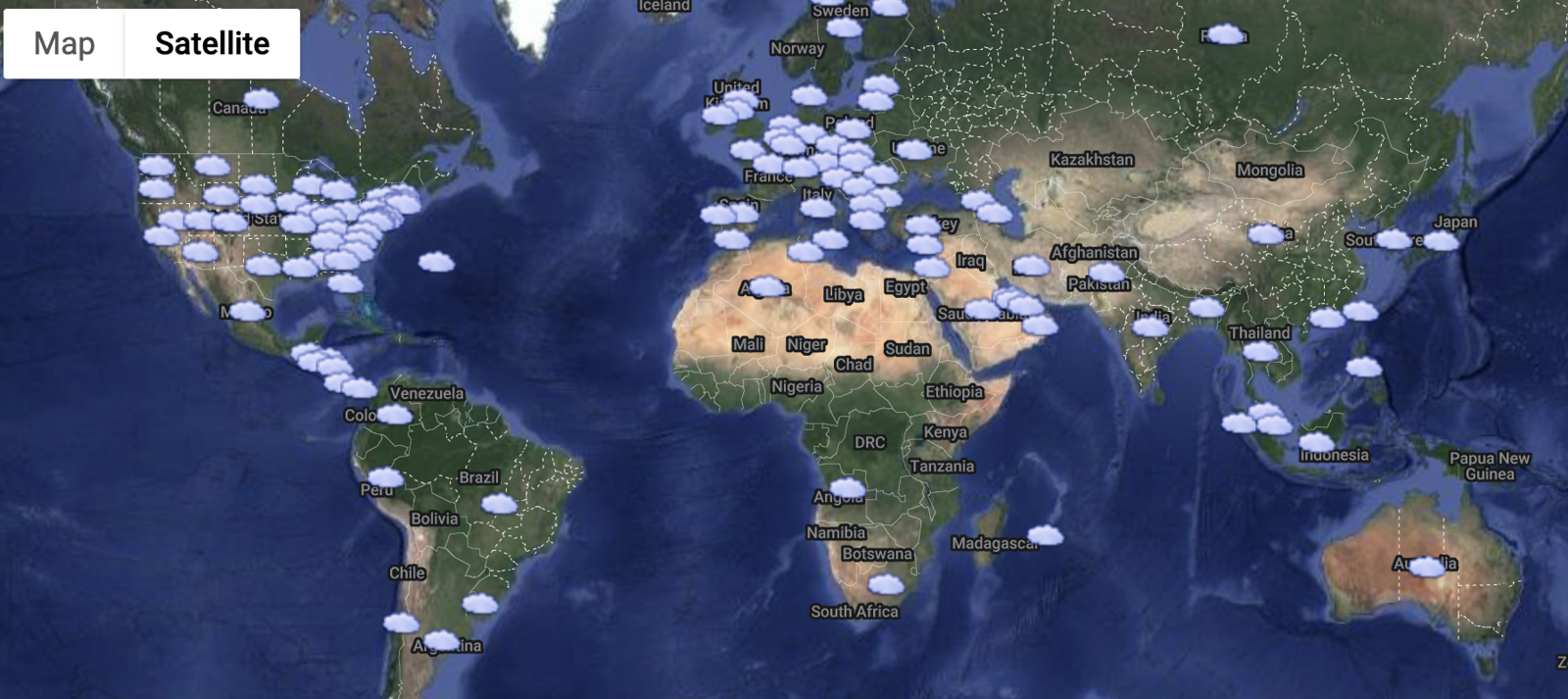
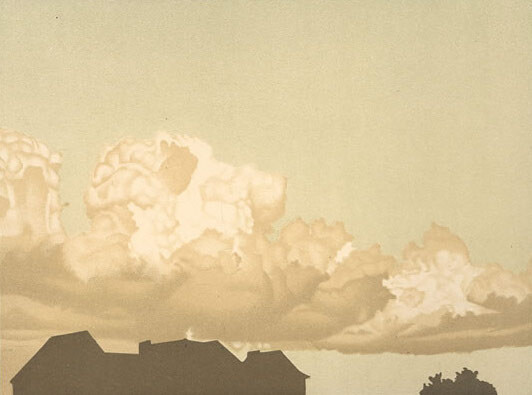


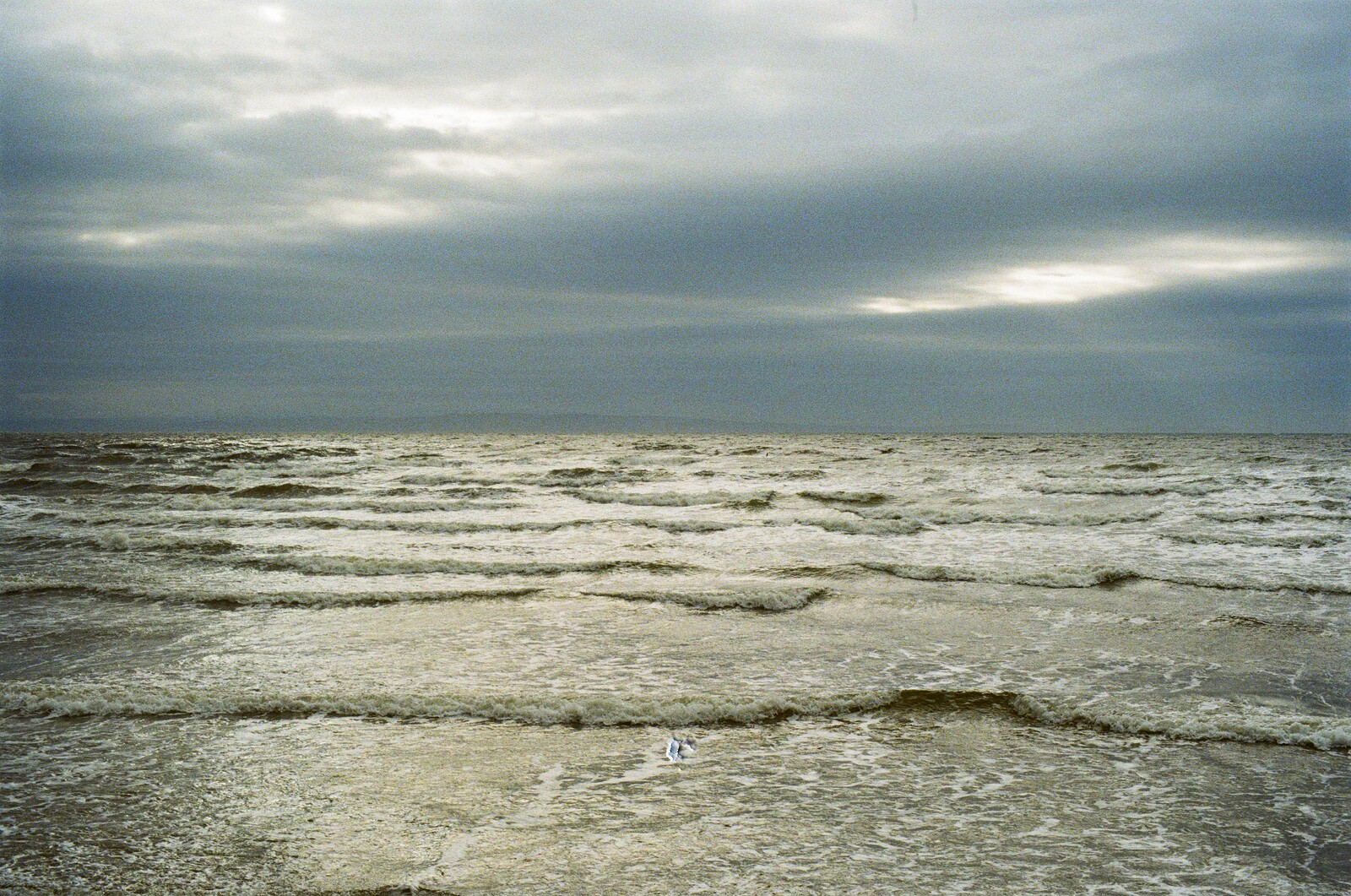
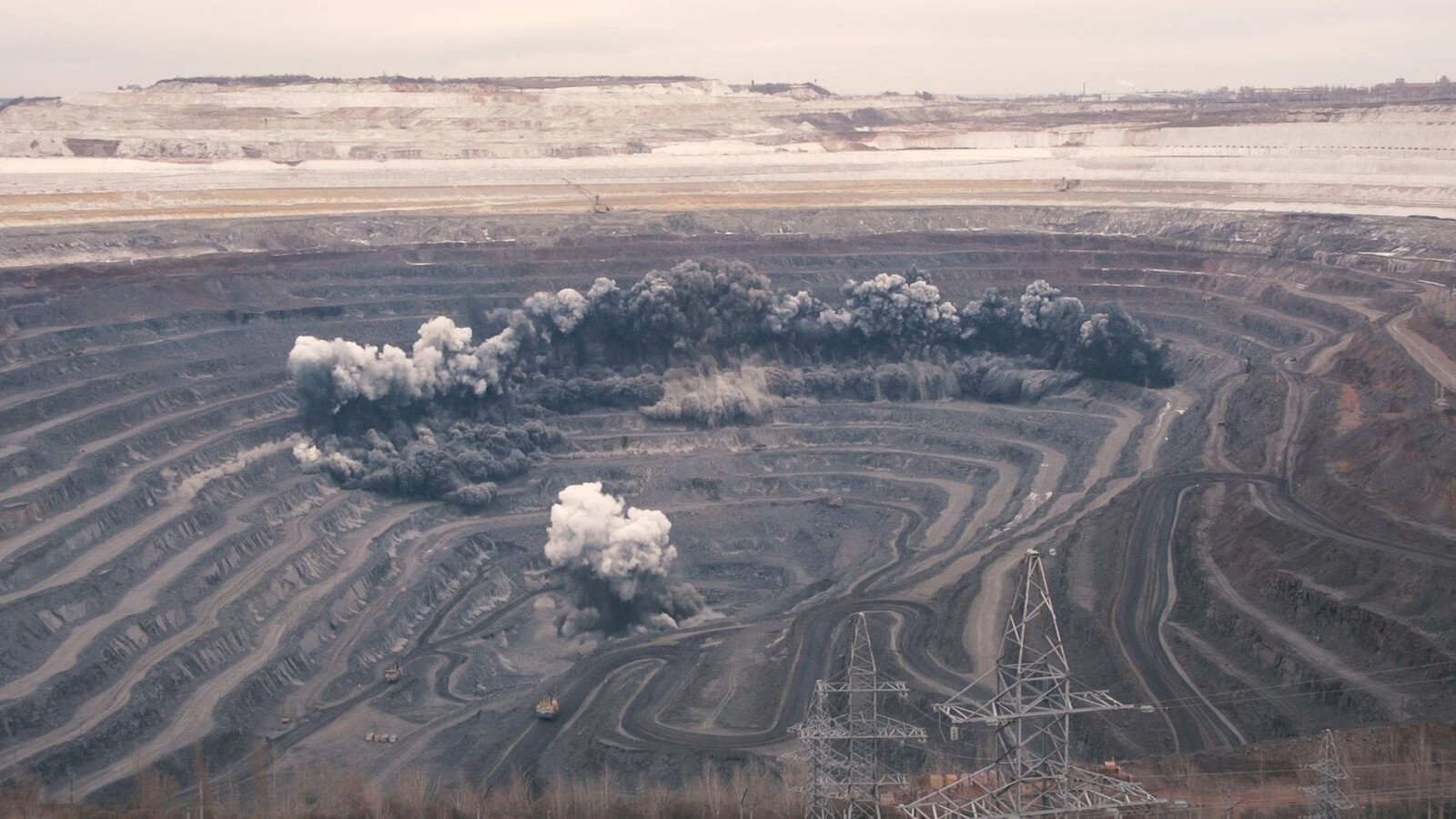
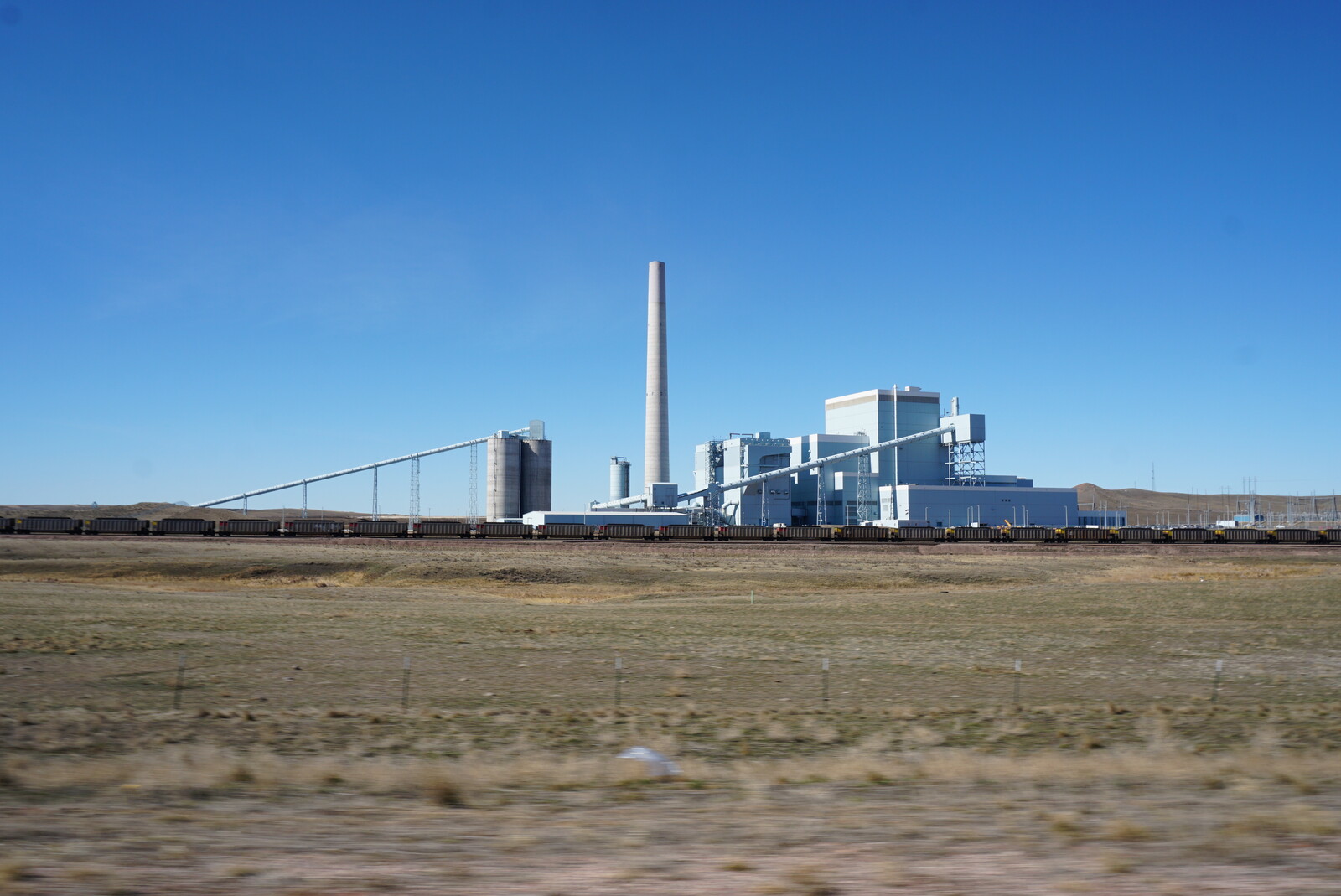

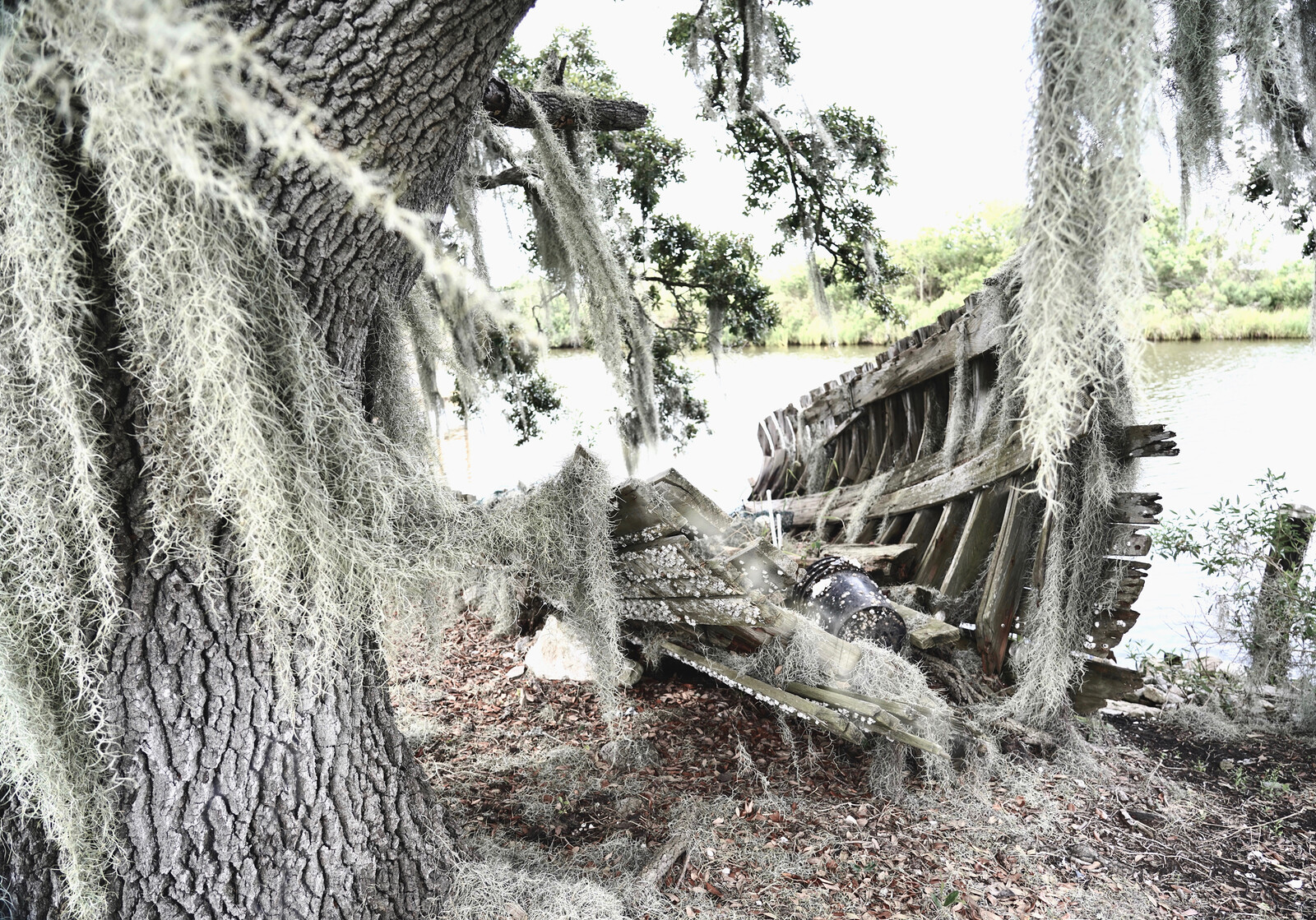

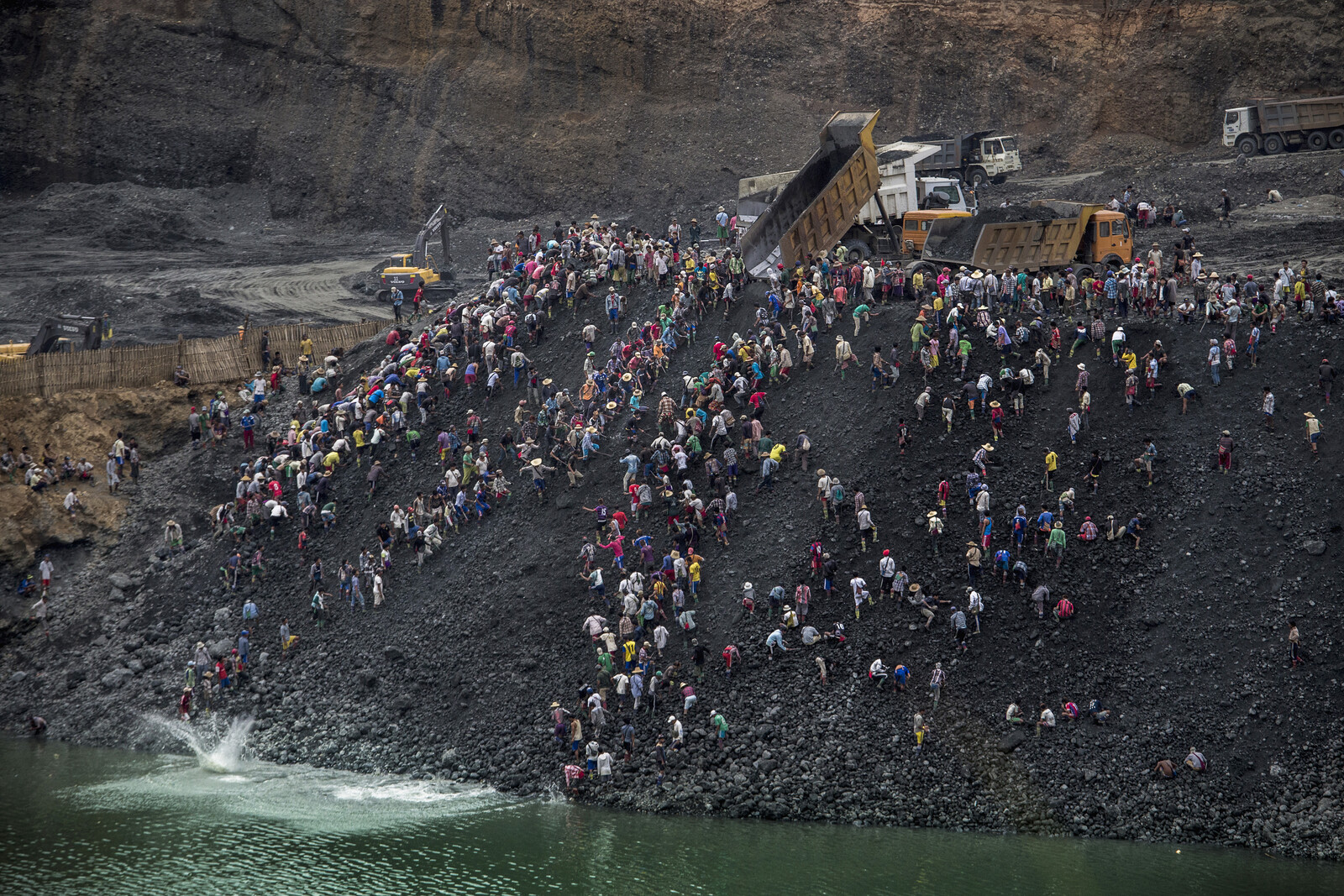
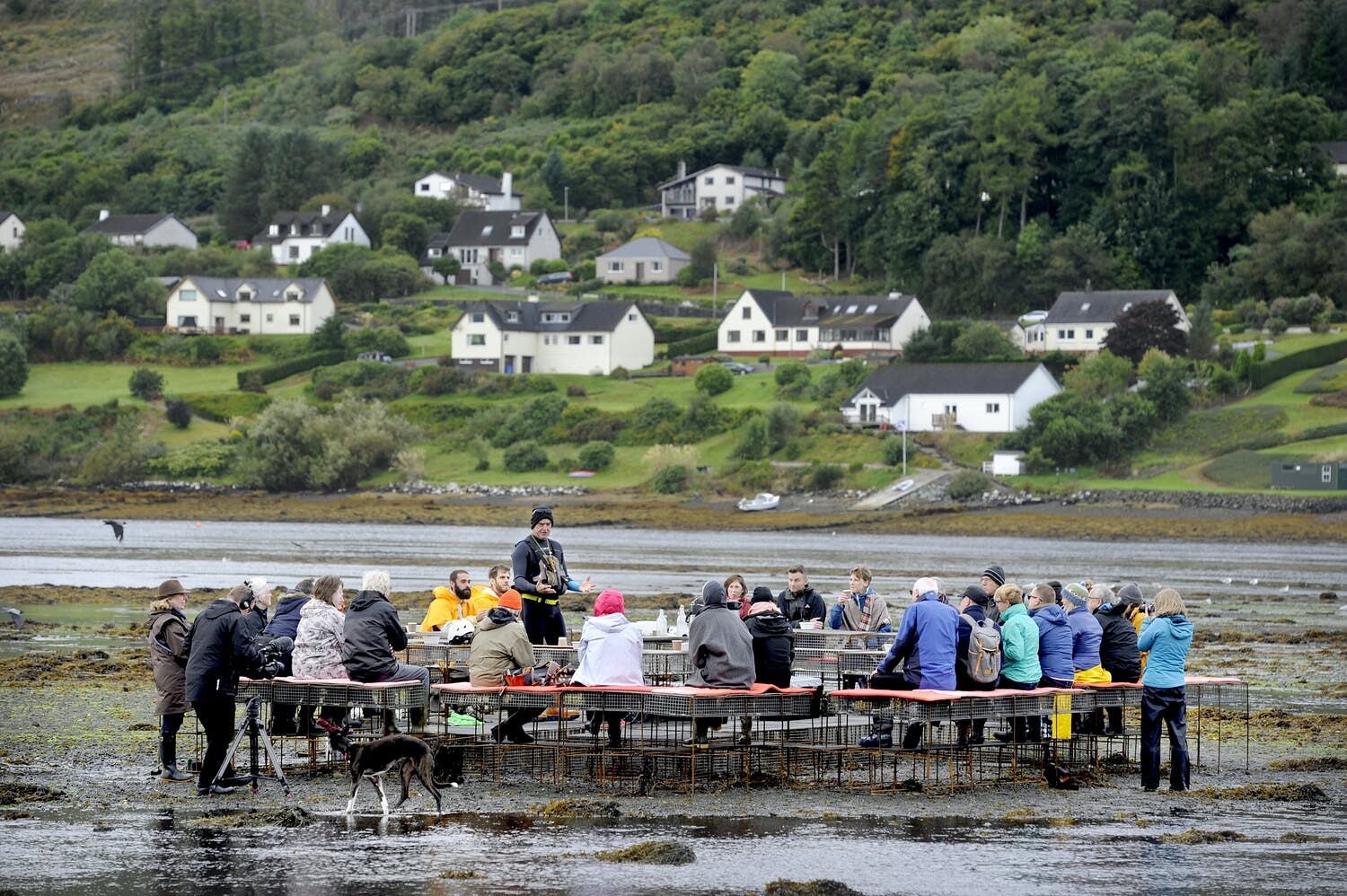
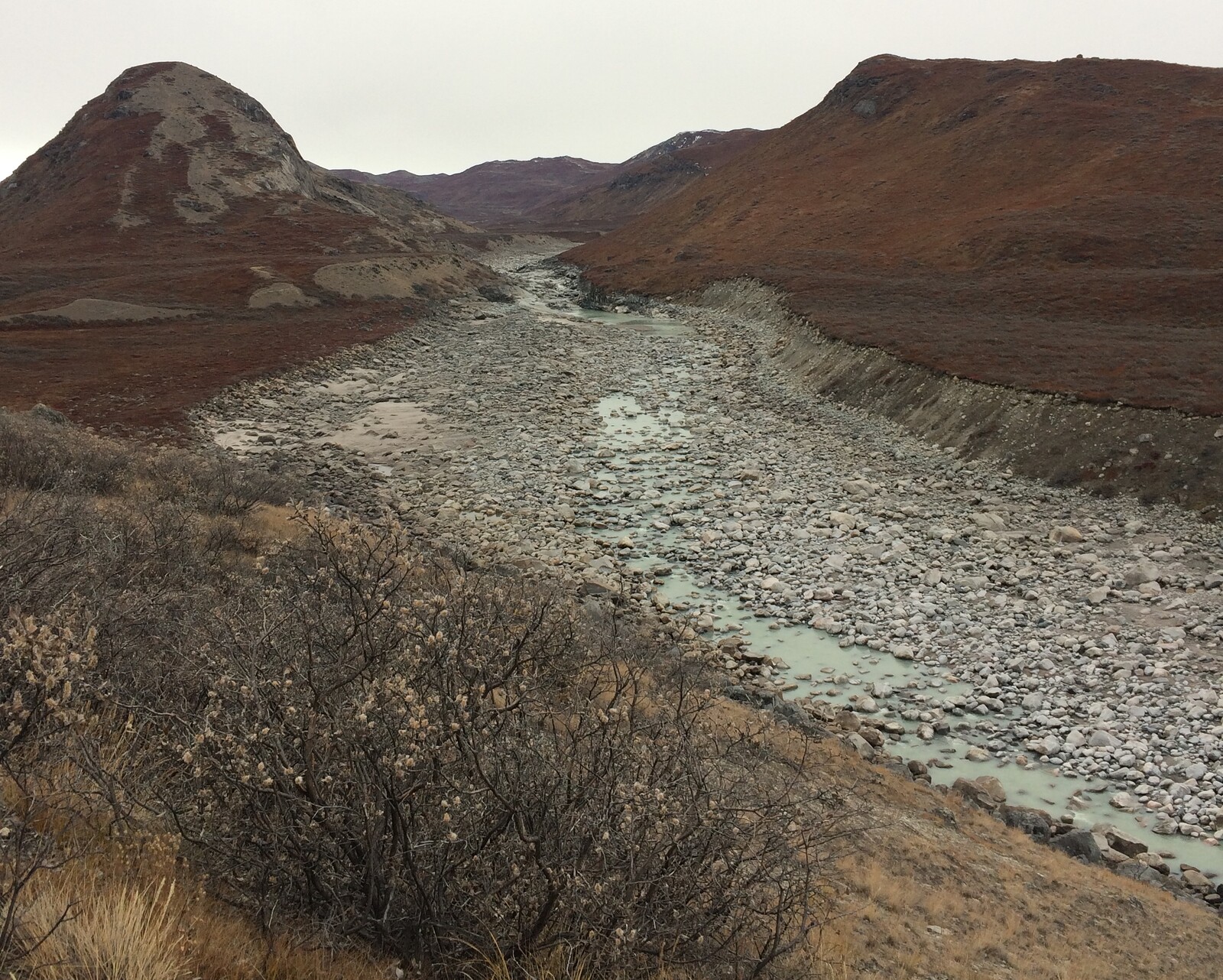
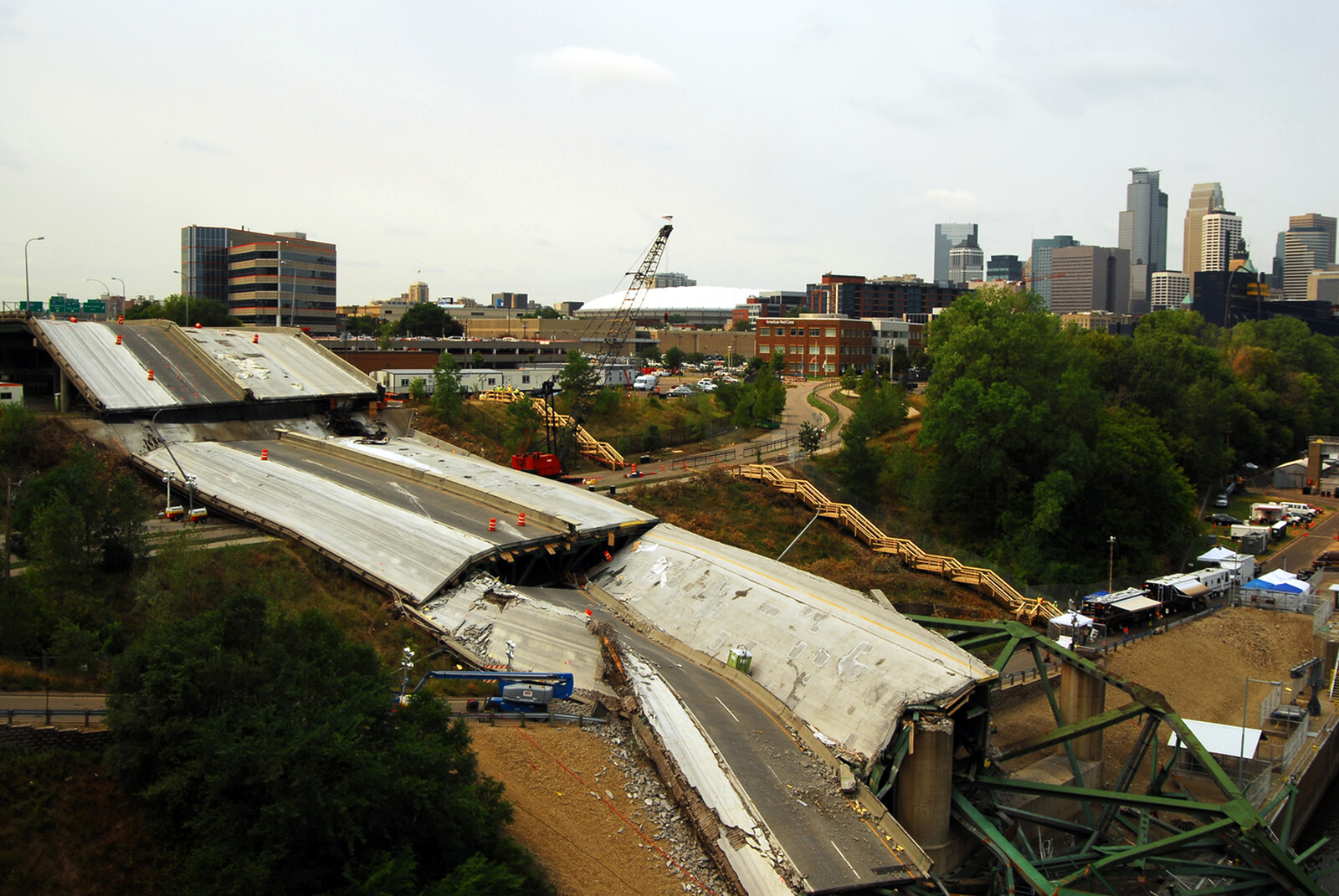
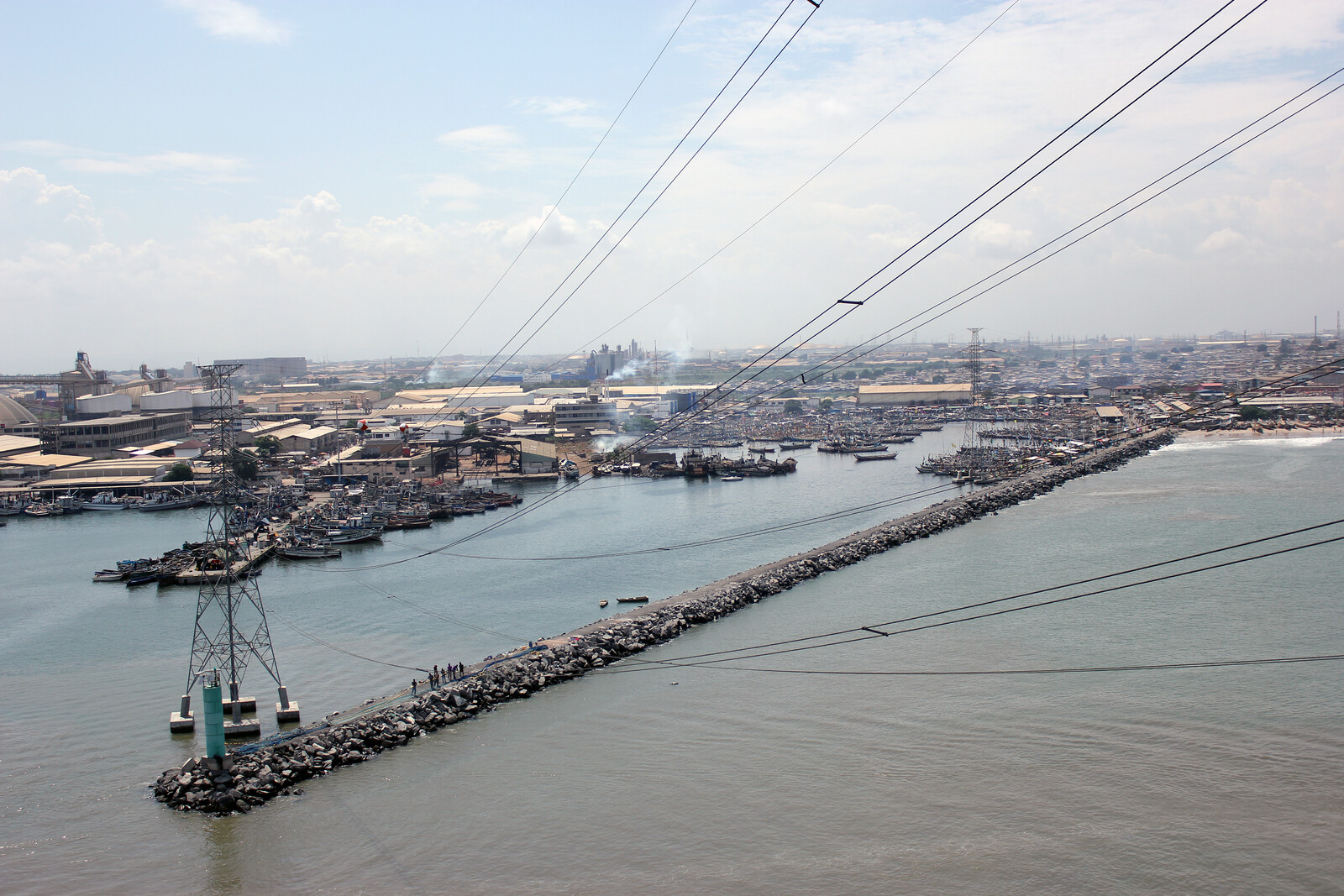


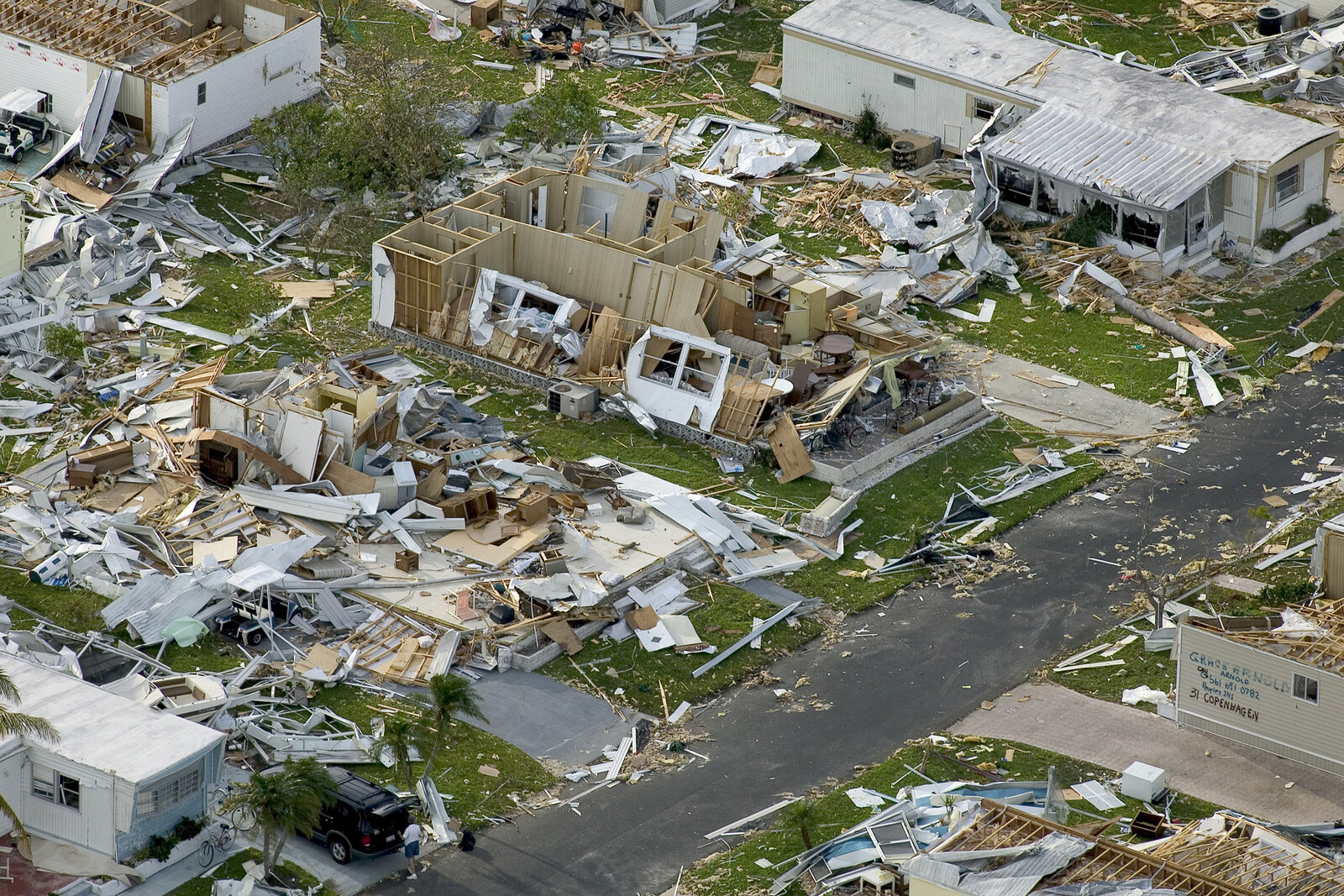
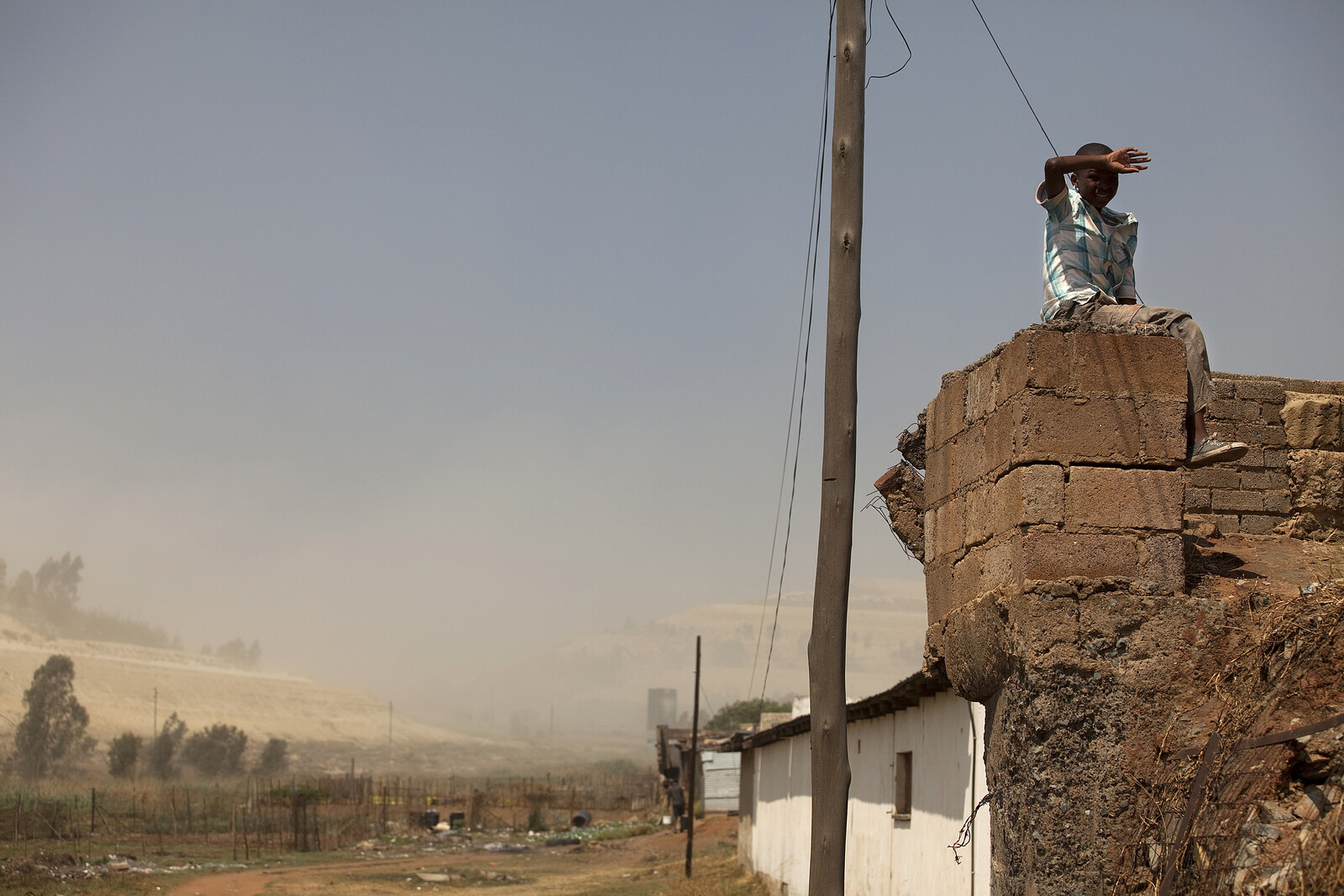

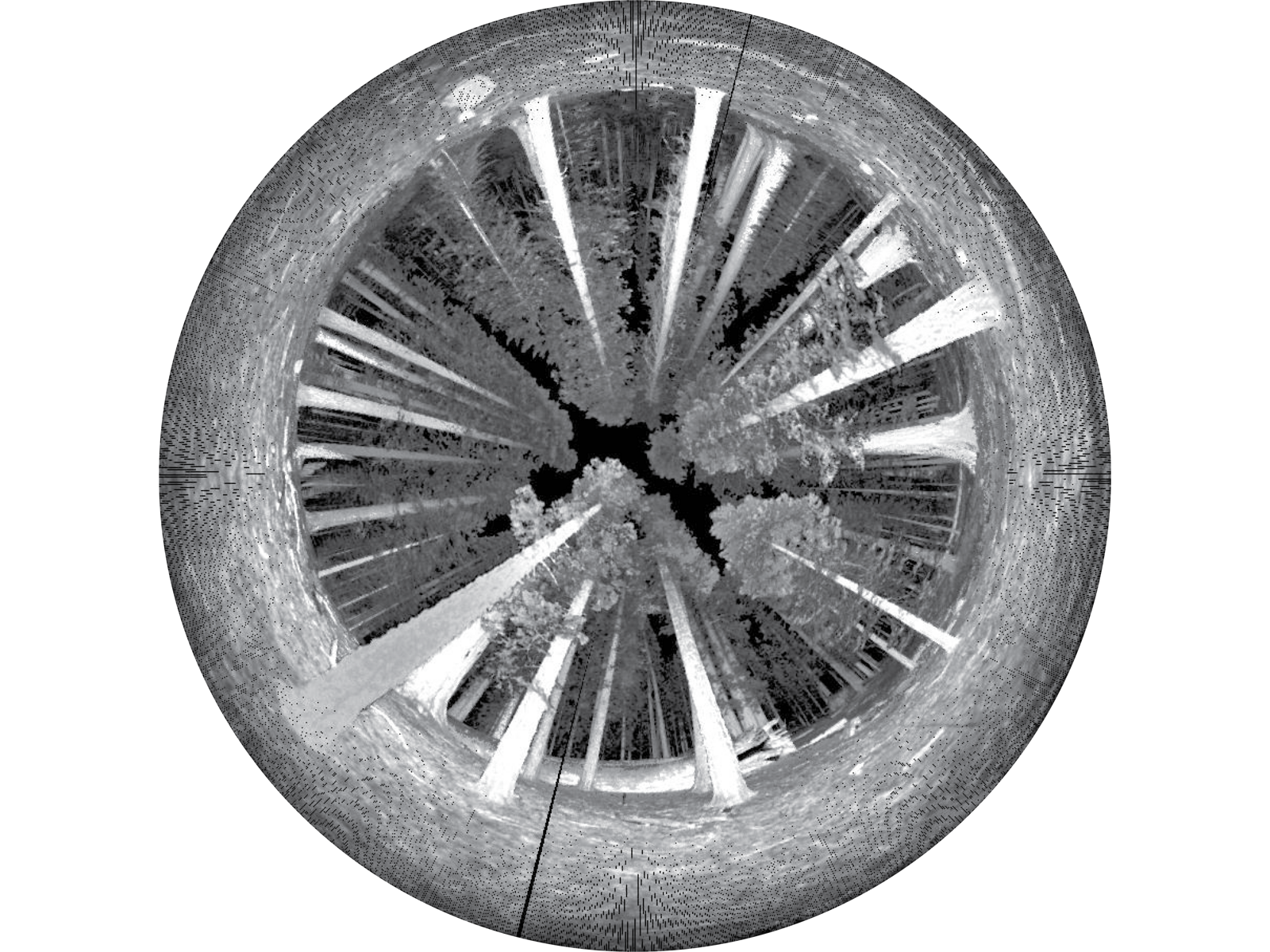
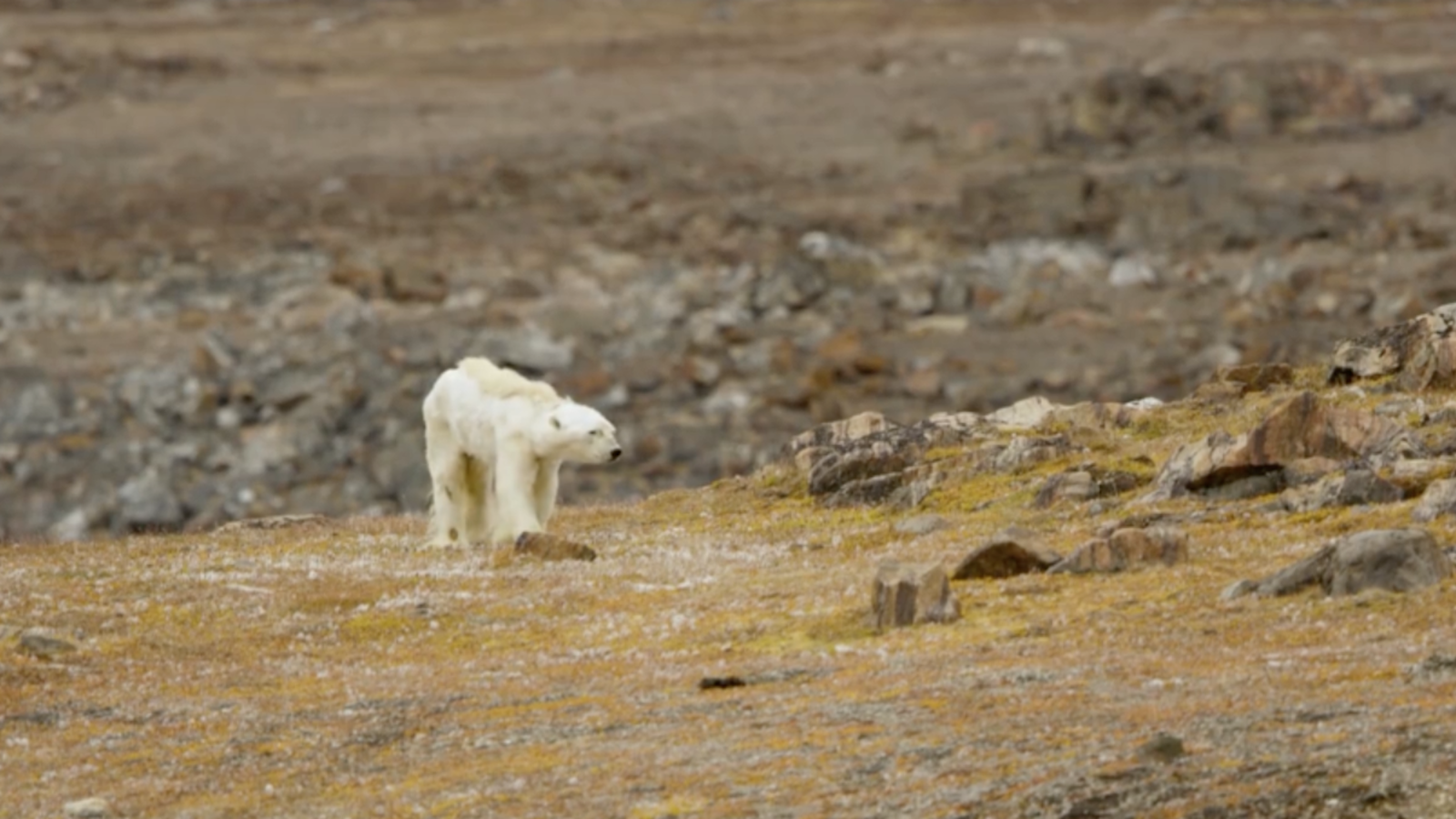
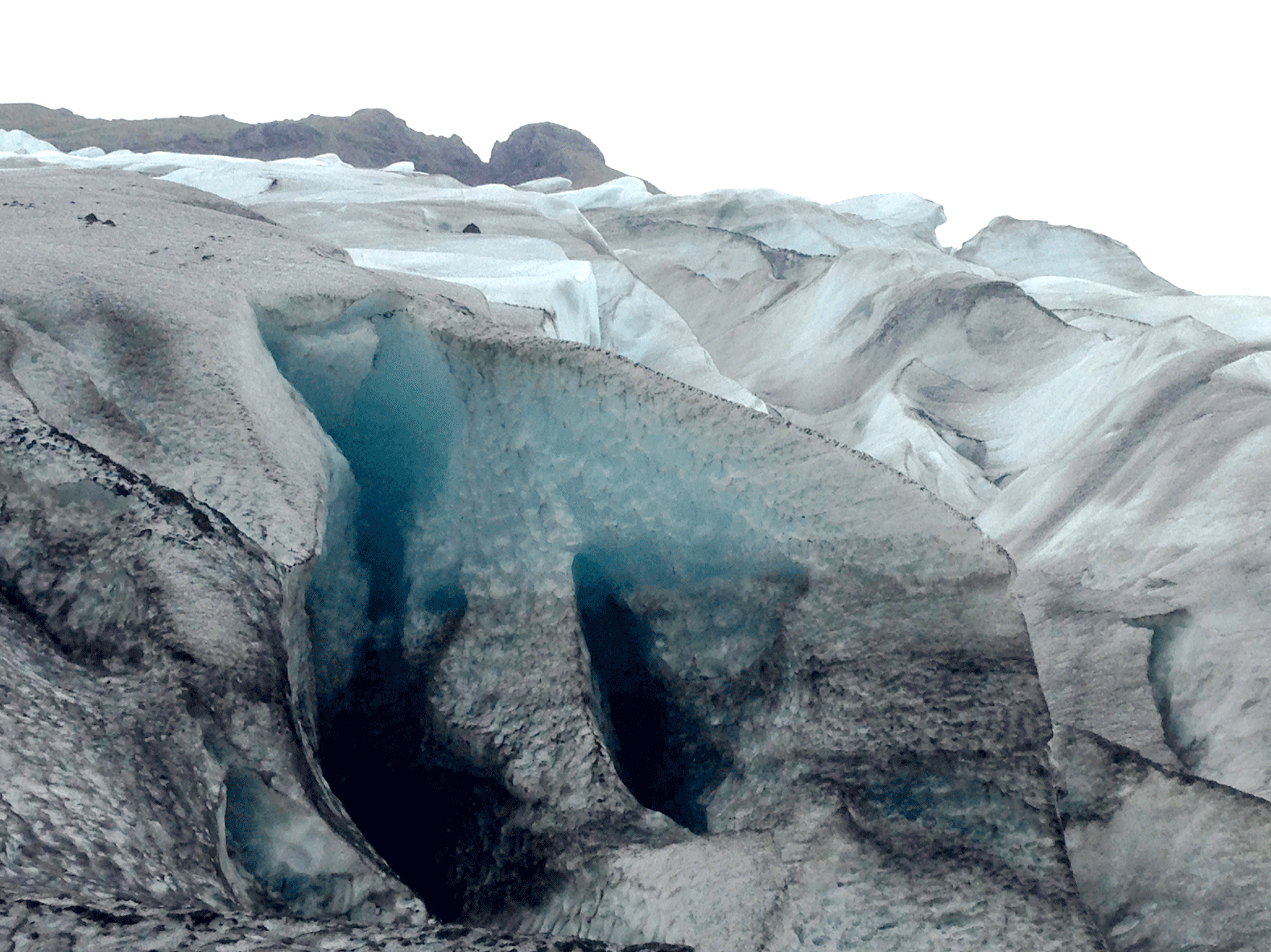
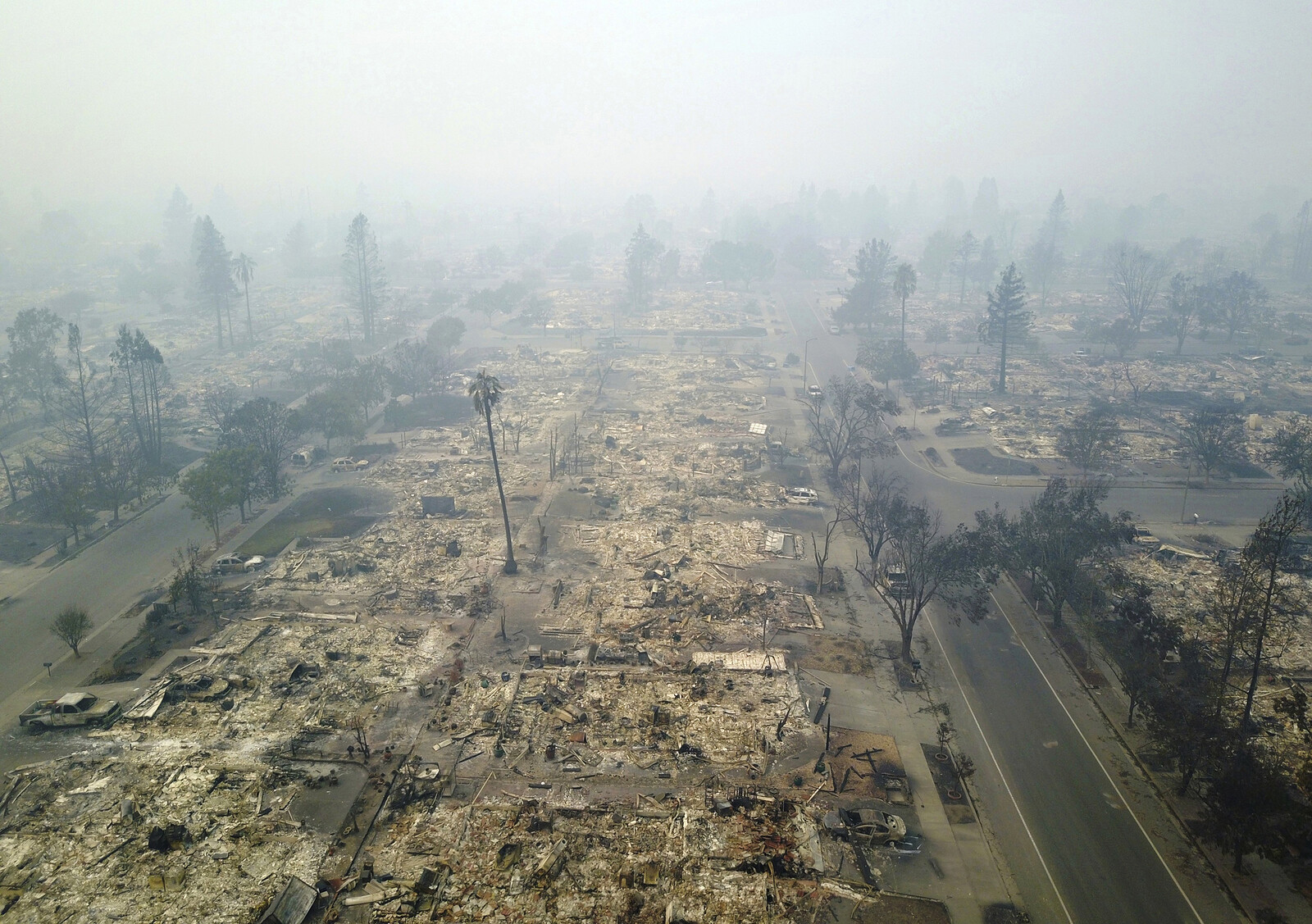
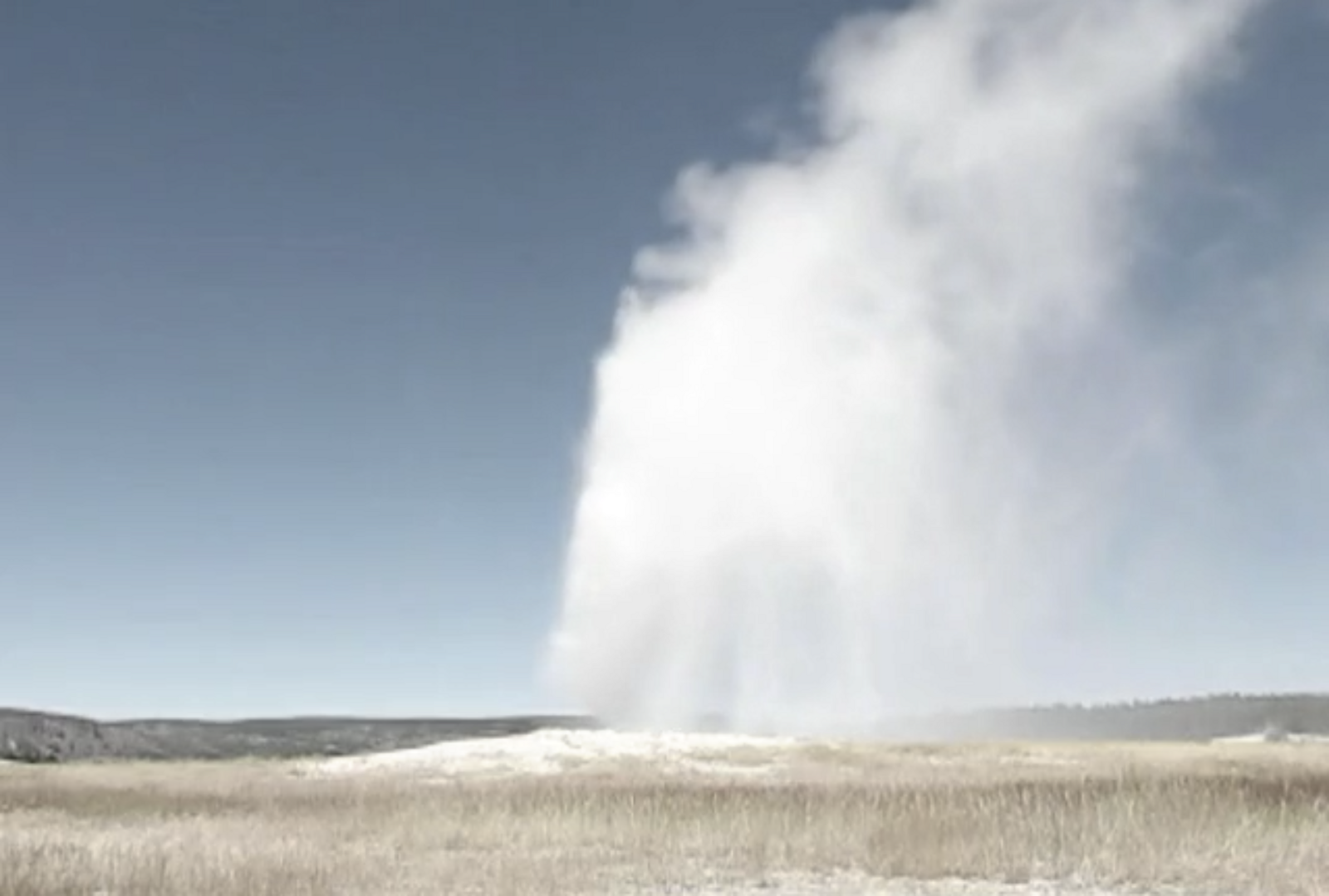
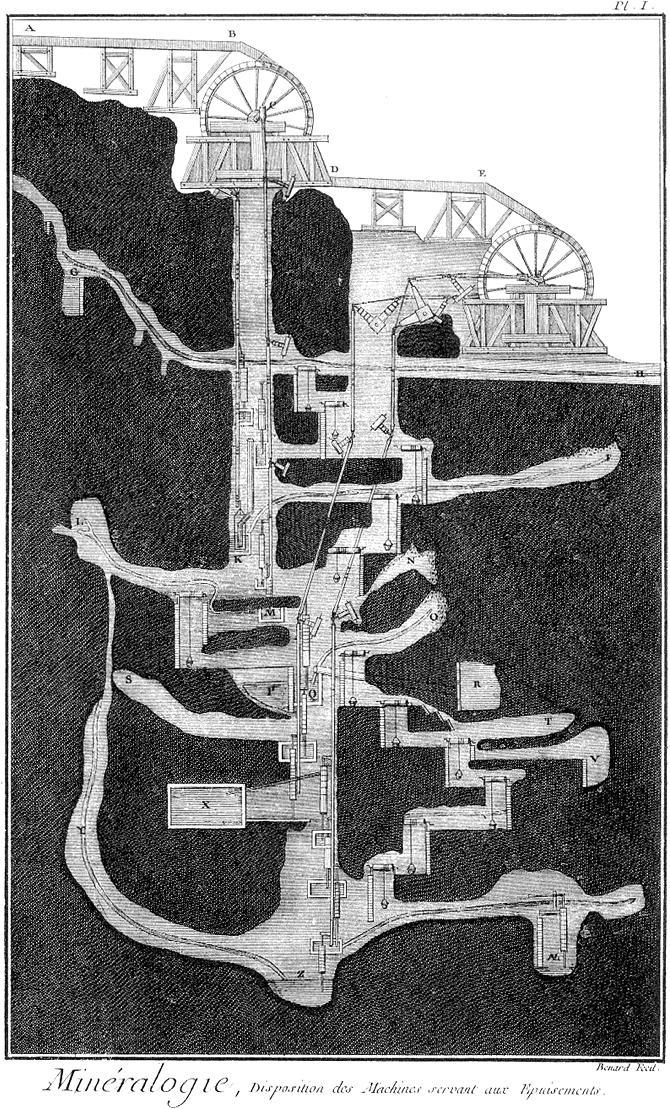

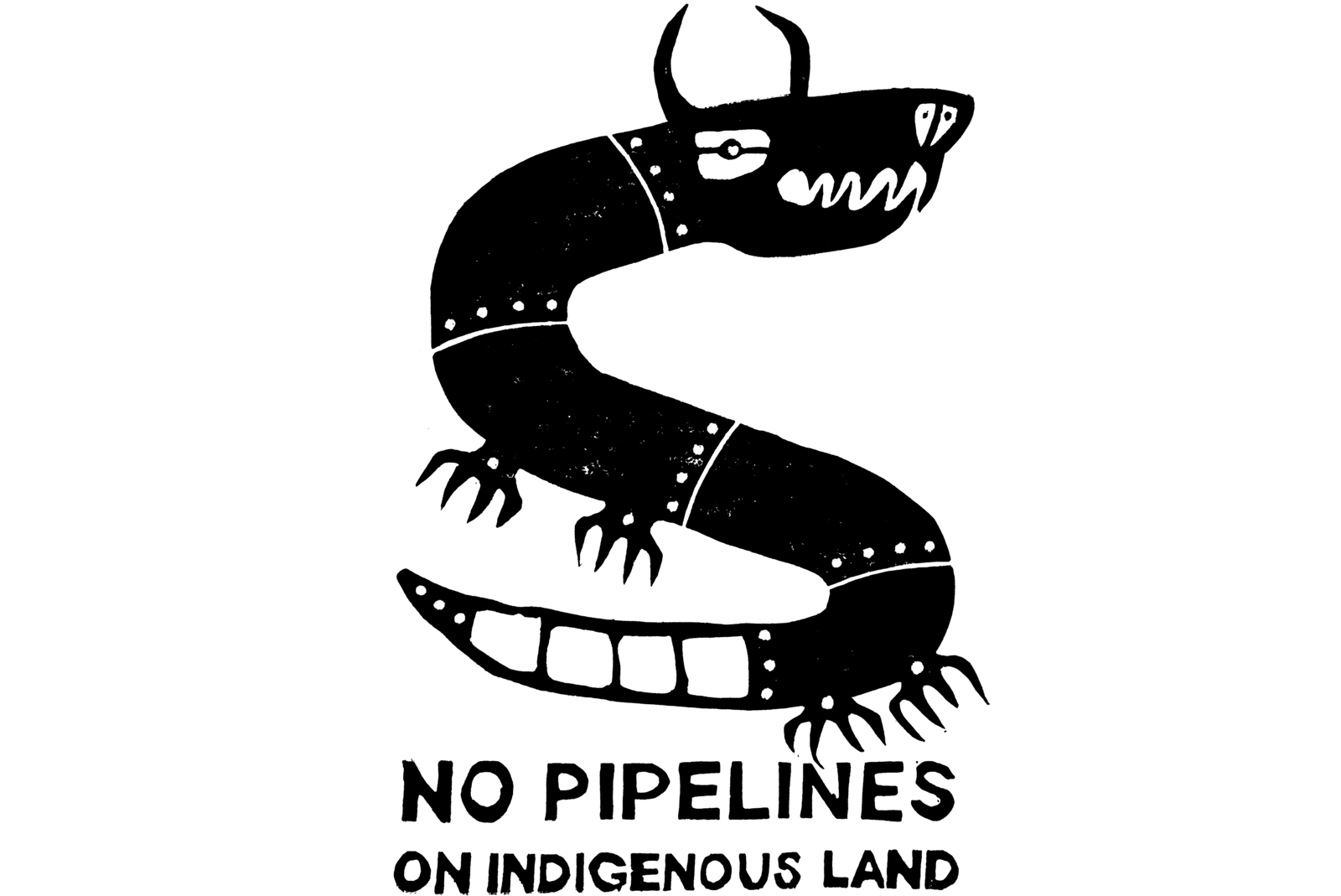
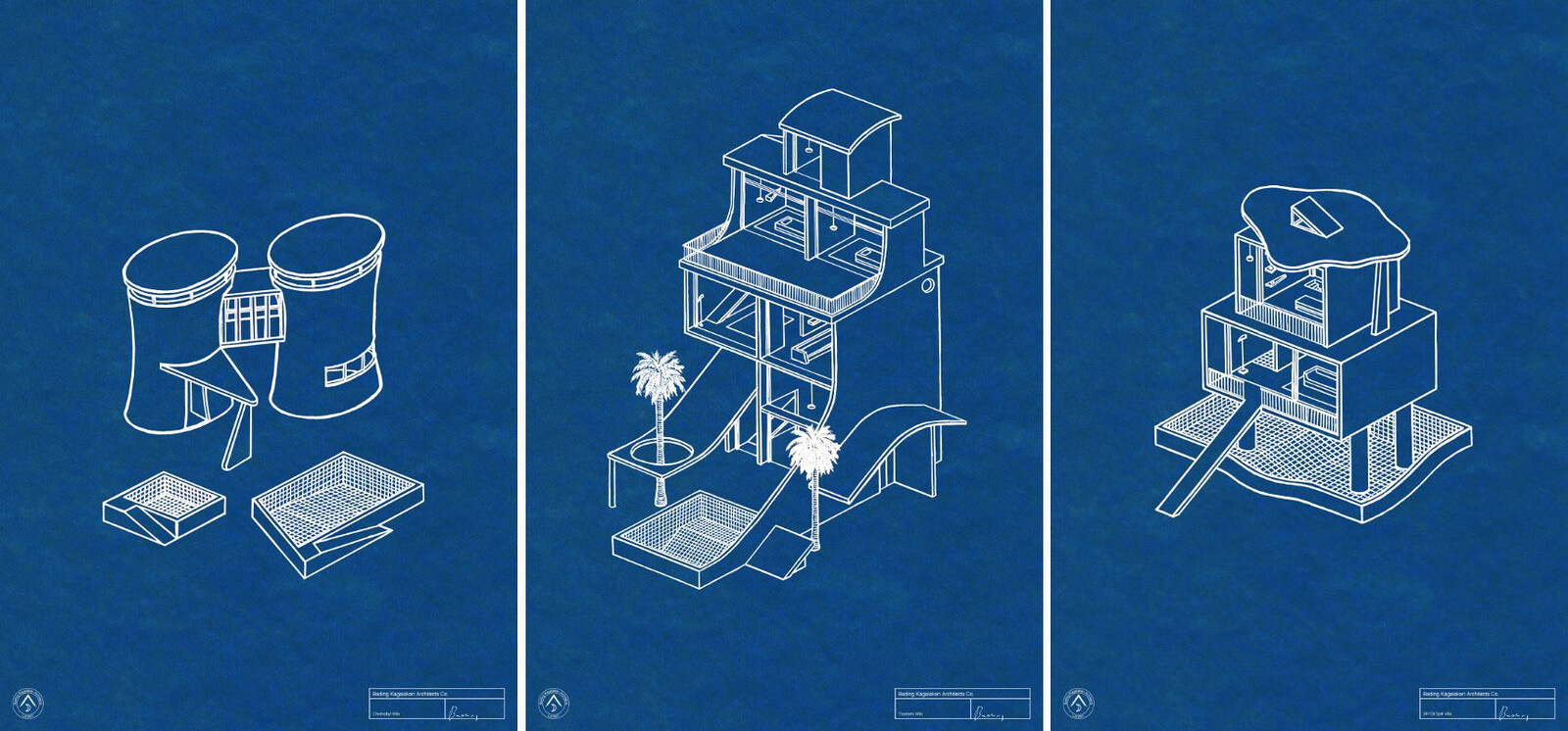
.png,1600)
